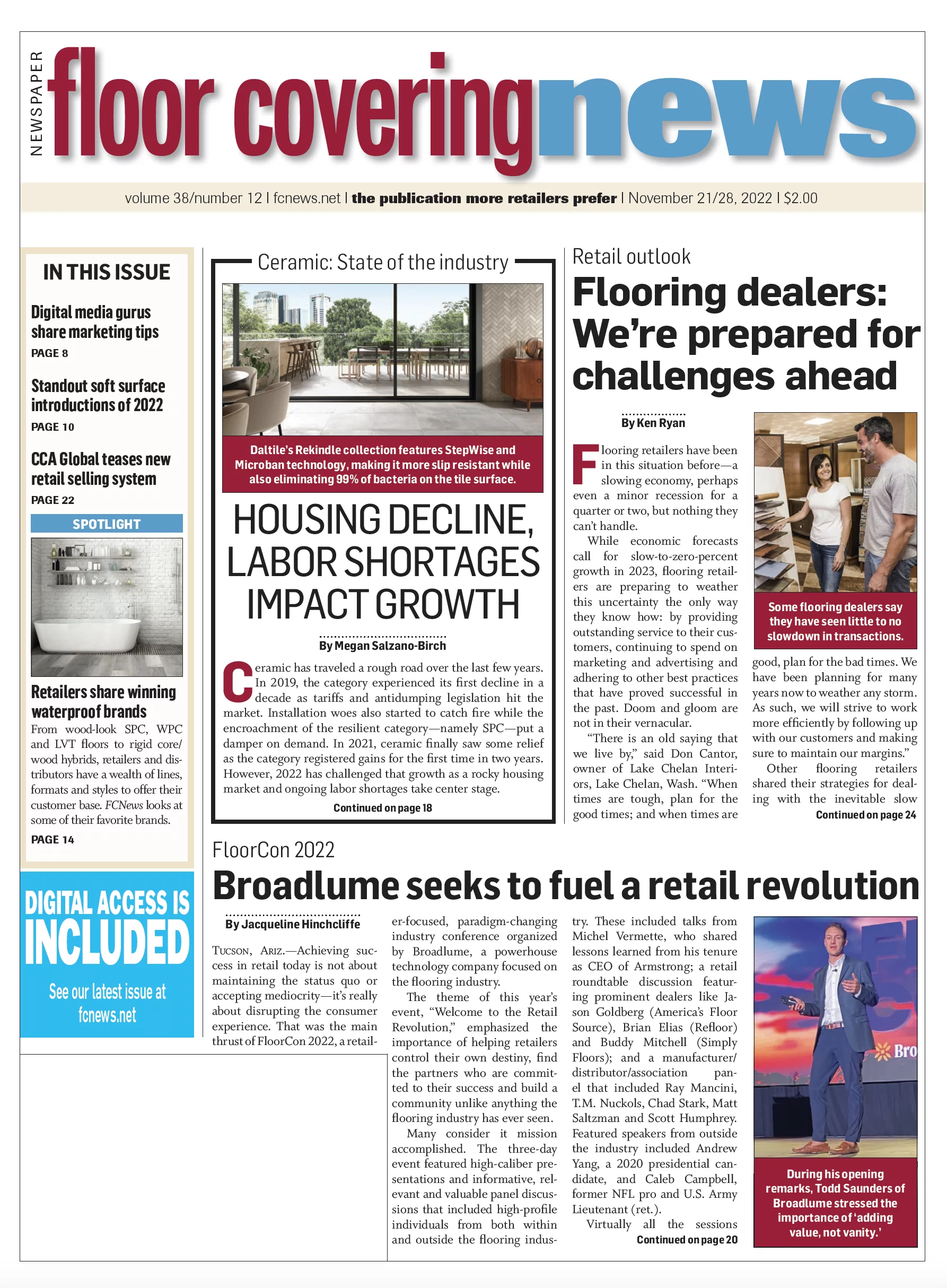 By Roman Basi—Working from home has become much more common within the last couple of years—primarily as a result of the pandemic. Those who are self-employed and are working from home—even part-time—may be able to claim a tax deduction for expenses related to their home office.
By Roman Basi—Working from home has become much more common within the last couple of years—primarily as a result of the pandemic. Those who are self-employed and are working from home—even part-time—may be able to claim a tax deduction for expenses related to their home office.
This deduction is known as the “home office deduction.” You may qualify to claim this deduction if you solely use a portion of your home for your business and nothing else. To be considered a home office, the area must be used regularly and exclusively for your self-employed business. The office space must be your primary place of business or a separate structure used in connection with your business. Note: There is no requirement that your home office needs to be partitioned off from other areas with a wall or additional barrier. For example, if you have a desk in the corner of your dining room where you conduct your business, you can still qualify for the deduction provided you don’t use that specific area of your home for any personal use.
You can calculate the deduction in two different ways: The actual expenses method or the simplified method. When using the actual expenses method, it is important to keep in mind that you can only count a portion of home-related expenses. For example, your house is 3,000 square feet. The area being used as your home office is 300 square feet. You are then eligible to claim 10% of your home’s annual heating, cooling and water bills, along with other common housing expenses that make it possible for you to conduct your business there.
If you feel that crunching percentage numbers for your business expenses sounds like a lot of work, you can look into the simplified method. When using this method, you deduct a flat rate per square foot. For the tax year 2022, the flat rate would be $5 per square foot for up to 300 square feet. As the taxpayer, you can choose between the simplified method or the actual expense method. However, the simplified method is only available to self-employed individuals (such as independent contractors or freelancers) who run their businesses from their homes.
While many employers allow employees the flexibility to work remotely, W2 employees are not eligible to use the home office deduction. The Tax Cuts and Jobs Act (TCJA) changed the home office deduction, including what traditional employees could deduct related to their work expenses. Before 2018, you could deduct unreimbursed job expenses that exceed 2% of your adjusted gross income (AGI) on your federal tax return using Schedule A. Unfortunately, that is not the case anymore. Those working from home as an employee, even for your employer’s convenience, can no longer deduct out-of-pocket expenses.
Your monthly mortgage or rent payment is probably a taxpayer’s largest home-related expense that is eligible to be counted toward the deduction. Many homeowners itemize and claim their home’s mortgage interest payments and property taxes on Schedule A. If you have a home office, you can apportion part of these payments, again using the square footage percentage.
Roman Basi is an attorney and CPA with the firm Basi, Basi & Associates at the Center for Financial, Legal & Tax Planning. He co-authored this article with Ian Perry, staff accountant at Basi & Basi.

